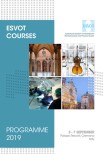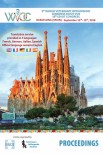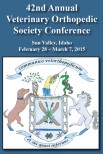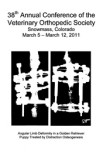Previous descriptions of the clinical features of navicular disease occurred before the widespread use of magnetic resonance imaging (MRI) allowed a more definitive diagnosis of foot pain. The objective of this study was to compare the clinical features of horses with lesions of the podotrochlear apparatus with those with other causes of foot pain. It was hypothesised that primary navicular bone disease would be associated with more advanced radiological findings than other diagnoses.
A retrospective study was performed of all horses examined at a referral centre with a definitive diagnosis of foot pain based on MRI ± post-mortem examination. Clinical examination findings, response to diagnostic analgesia and radiological grading of the navicular bone were compared among five diagnosis groups: (1) primary navicular bone pathology (NB); (2) lesions of the collateral sesamoidean ligament and/or distal sesamoidean impar ligament (CSL + DSIL); (3) primary deep digital flexor tendon injury (DDFT); (4) navicular bone pathology and other lesions of the podotrochlear apparatus ± DDFT (PTA) and (5) Other.
There were 702 horses (NB, 62; CSL + DSIL, 180; DDFT, 69; PTA, 92; Other, 299). Horses with PTA injuries were more frequently unilaterally lame than other groups (P = 0.04). Horses with DDFT injury were more likely to exhibit pain on turning than other groups (P < 0.01). There were no associations between response to diagnostic analgesia and diagnostic group, and no association between radiological grade and diagnostic group. Clinical examination findings generally did not discriminate between diseases of the PTA and other causes of foot pain. Overall radiological scores of the navicular bone did not accurately predict navicular bone pathology.









